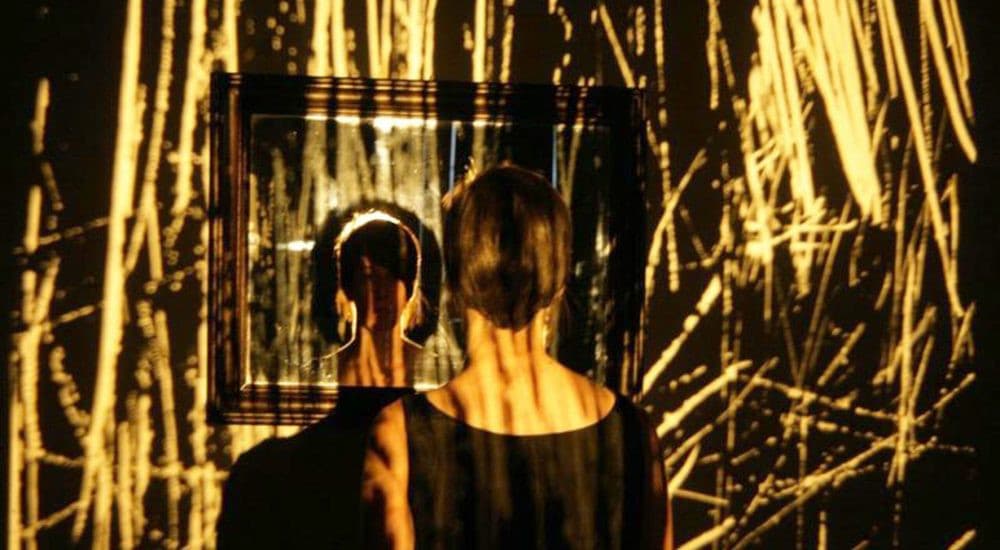UNDP: Over 200 photographs available to the media for ethical reporting on violence against women.
On the eve of the National Day of Remembrance for Women Victims of Violence, observed on May 18th, UNDP calls on the media to pay additional attention to the images used in reports on violence against women, in order to convey a clear message about the unacceptability of violence through visual means.

The United Nations Development Programme (UNDP) has called on all media to contribute to creating a society where victims are believed, violence is recognized and reported, and visual communication is used as a tool to empower women and stop violence.
UNDP emphasizes that, for this purpose, all media can freely use photographs and illustrations from the "Journalists Against Violence" group database, which is available here.
The database was created in 2022, with the support of UNDP, aiming to support ethical media reporting on violence against women, which avoids sensationalism so as not to further traumatize victims of violence and their loved ones, as well as the broader audience.
"The works are designed to show solidarity and empathy towards victims of violence, as well as an understanding of this social problem. Recently updated with an additional 80 works, the database now contains 223 photographs and illustrations from 22 authors who have given permanent consent for the use of their works free of charge (with attribution to the authors and the source), thus providing supportive solidarity in the effort to stop violence against women,” states UNDP and adds:
"The media play a key role in the prevention of violence against women – not only through responsible reporting on specific, individual cases, but also through educating the public, which leads to the recognition and prevention of violence.
Although the title and image are intended to attract attention to the media release, reports on violence must take into account the dignity of the victim and the message sent to the broader public. The Guidelines for media reporting on violence against women from the 'Journalists Against Violence' group recommend avoiding photographs and images that reveal the identity of the victim, depict simulations of violence, or show physical injuries. Instead, photographs and illustrations that depict the strength of the victim and clearly show that violence is a crime are suggested.”
The National Day of Remembrance for Women Victims of Violence was declared by the decision of the Government of the Republic of Serbia in 2017, in memory of May 18, 2015, when seven women were killed in domestic violence over a span of three days in Serbia.
"This day reminds us every year of the grave consequences of violence against women and the responsibility of all social actors, including the media, to build a culture of zero tolerance for violence,” concludes the UNDP statement.
Part of the Guidelines from Journalists Against Violence:
|
Source: Cenzolovka












